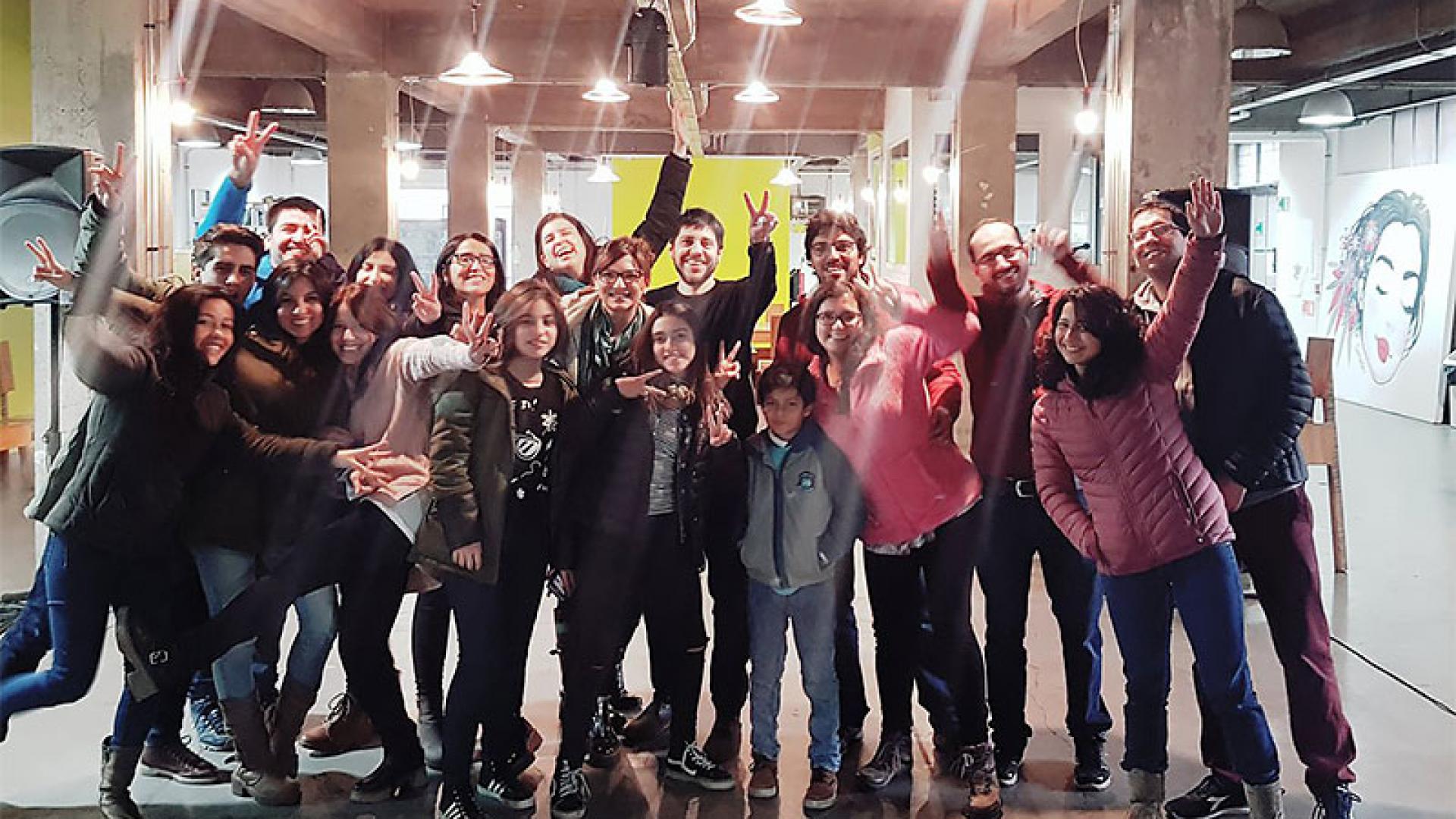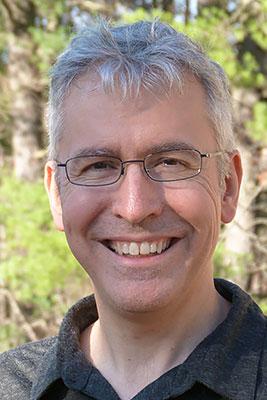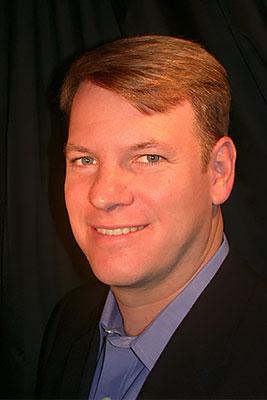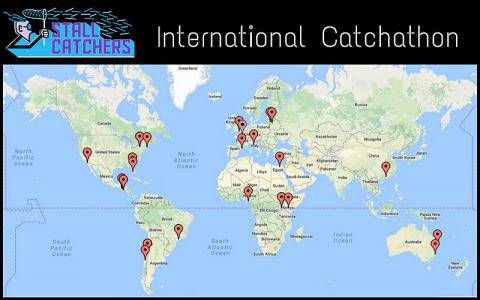A Global Event to Speed Up Alzheimer’s Research
Written By: BrightFocus Editorial Staff



Written By: BrightFocus Editorial Staff

EyesOnAlz, a citizen-science Alzheimer’s research project sponsored by BrightFocus, is going global for World Alzheimer’s Day.
The group plans to hold a 48-hour International Catchathon on September 21-22, and “every human in every corner of the world is invited,” according to the event site on Facebook, where instructions for participation can be found.
What’s a “catchathon,” you ask?
It’s an online event featuring competitive team play of Stall Catchers, the world’s first citizen-science video game dedicated to Alzheimer’s research. The game’s challenge is to correctly identify stalled vessels caught on video in a mouse model of Alzheimer’s.
Before the event, leaders will recruit and name their teams. Then during the Catchathon, individual gamers on those teams will compete for highest scores in volume and accuracy.
Typically in Alzheimer’s disease (AD), up to 2% of brain capillaries may become stalled. Scientists aren’t yet sure why this happens; however, due to the extent of these blockages in the brain’s smallest vessels, the impact becomes magnified, and ultimately causes an up to 30% reduction in blood flow in the brain. Reduced blood flow deprives the brain of nutrients and oxygen, and increases accumulation of harmful molecules, which congregate into plaques and tangles that ultimately damage neurons. Over time, a lifetime of memories becomes inaccessible.
In the Schaffer – Nishimura Lab at Cornell University in Ithaca, NY, researchers are studying the biology and mechanics behind reduced blood flow in AD. However, because they depended on a small number of lab personnel to inspect each vessel for flow, the process was incredibly time-consuming. It couldn’t be automated, and was expected to take nearly a decade to complete.

That’s when cognitive scientist Pietro Michelucci, PhD, entered the scene. He had the idea to create a video game to help speed up the project. In creating Stall Catchers, he drew from another citizen-science project, stardust@home, which helped NASA analyze dust from a returning spacecraft to find interstellar particles. (More background here on how the two projects relate.)
In 2016, Michelucci and his EyesOnAlz team launched StallCatchers online with the help of BrightFocus Alzheimer’s Disease Research (ADR) funding for Phase 1 and Phase 2 of the project. Not long ago, Wired magazine commented that “Stall Catchers has already proven an effective treatment for one of the disease’s most insidious symptoms: helplessness.

And now, thanks to some 10,000 citizen scientists playing StallCatchers on a regular basis, the Cornell research project into AD-associated capillary stalls is on target to finish within a couple of years. “Thousands of individuals contributing to our work has removed the bottleneck,” says Chris Schaffer, PhD, principal investigator, who’s eager to get past the “proof of concept” stage and find potential treatments.
Last year, Schaffer received a 2017-20 BrightFocus ADR grant to investigate whether the same capillary stalls he’s seen in mice are also are occurring in the brains of humans with AD. As part of that project, they’ll screen a handful of drugs that show promise for reversing the stalls.
And next week, as World Alzheimer’s Day activities take place around the planet, Schaffer’s project will get another lift from the Stall Catchers International Catchathon.
When a similar event was held last July, it featured 18 teams in 13 countries on six continents. Together they broke a record by annotating nearly 10,000 vessels—normally the equivalent of a week’s Stall Catcher results from all players—in the space of one hour.

Last year, live video feeds from catchathon teams on six contents (shown on map) were captured in a Facebook event moderated by Geoffry Haines-Stiles (bottom row, second from left). Michelucci, the event organizer, is in top row (second from left).
The excitement of that catchathon was captured in an around-the-clock Facebook Live site anchored by Geoffrey Haines-Stiles, who directed The Crowd and the Cloud, a four-part public television series on citizen science featuring Stall Catchers that first aired last year. [Visit the crowdandcloud.org for more information.]
Taking the top three places in the 2017 Catchathon were a University of Florida team in Gainesville; Team Sopaipa in Santiago, Chile; and a team called Science Soup who played from Vilnius, Lithuania, and Paris, France.
[Learn more about the 2017 live catchathon and learn about the teams who participated across the globe.]
In Barcelona, Spain, Jaume Piera explained the significance of the team he formed. “The name of PepeTeam is in honor of my father, Josep Piera, who died a few years ago because of Alzheimer’s disease,” Piera said.
“In Spain the people with the name of José (Josep in Catalan) are called familiarly ‘Pepe’.”
In Africa, UniqueMappers from Port Harcourt, Nigeria, faced rain and had to relocate, while the Ugacatchers team from Kampala, Uganda, had connection problems. Nonetheless, a good time was had by all–and hopefully many of the teams will be back for this year’s challenge.
Good luck to all!
BrightFocus Foundation is a premier global nonprofit funder of research to defeat Alzheimer’s, macular degeneration, and glaucoma. Through its flagship research programs — Alzheimer’s Disease Research, Macular Degeneration Research, and National Glaucoma Research— the Foundation has awarded nearly $300 million in groundbreaking research funding over the past 51 years and shares the latest research findings, expert information, and resources to empower the millions impacted by these devastating diseases. Learn more at brightfocus.org.
Disclaimer: The information provided here is a public service of BrightFocus Foundation and is not intended to constitute medical advice. Please consult your physician for personalized medical, dietary, and/or exercise advice. Any medications or supplements should only be taken under medical supervision. BrightFocus Foundation does not endorse any medical products or therapies.
